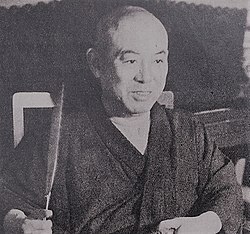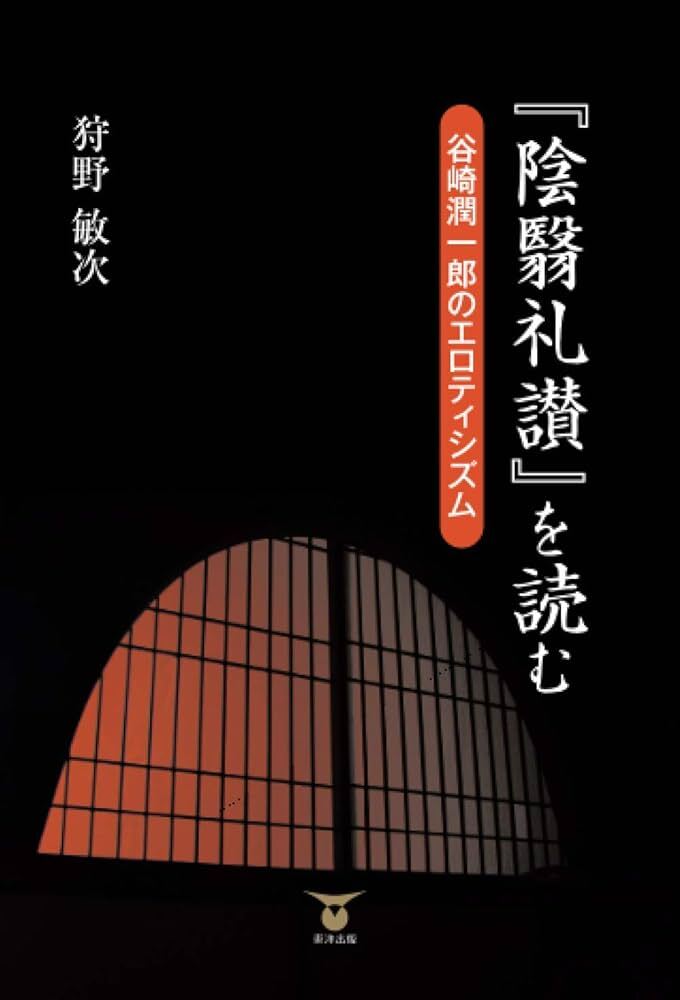"In Praise of Shadows" by Tanizaki – Let Us Touch the Japanese Beauty of Twilight, So Different from the Western Aesthetic of Light
An old essay by a very original thinker
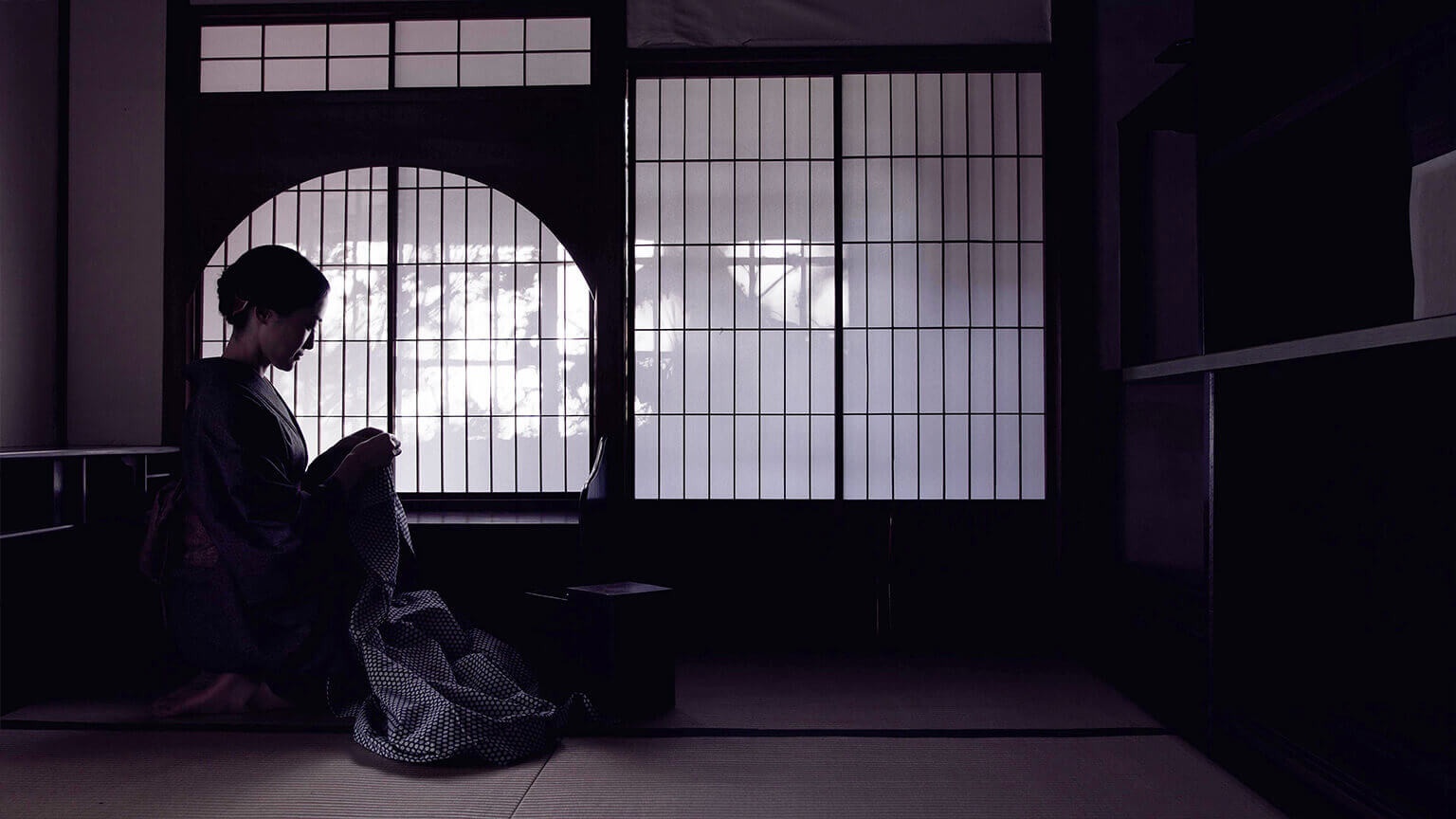
In Praise of Shadows is not so much a tribute to the past as a protest against the dictatorship of mystery-burning, unrelenting electric light. For Tanizaki, the modernization of Japan is not a triumph, but a source of melancholy. A Western invention—the lightbulb—becomes a source of aesthetic suffering because it does not suit the body of the traditional house. But Tanizaki was not an enemy of modernity. He was someone who sought a balance between light and shadow, between what is new and what is rooted in the delicate art of transience. “The quality we call beauty […] must always grow from the realities of life,” he wrote, reminding us that beauty is not an idea but a practice: a way of eating, sitting, looking, thinking. This is a radically different concept from that of the West—where beauty is above daily life, beyond ordinariness.
Perhaps that is why this old Japanese essay from 1933 sounds so fresh and painfully relevant today. For though we live in an age of constant illumination—screens, displays, spotlights—the human soul still longs for shadow. Not the threatening kind, but the soft, contemplative, dimmed one. The kind in which thought is not immediately displayed, and gesture need not be visible to all. Today’s article is a journey through Tanizaki’s aesthetic and spiritual intuitions, teaching us how to see differently—slower, deeper, quieter. Perhaps not to reject the light. But to appreciate the details where the shadow comes to rest.
Shadow as Beauty – The Essence of Japanese Aesthetics
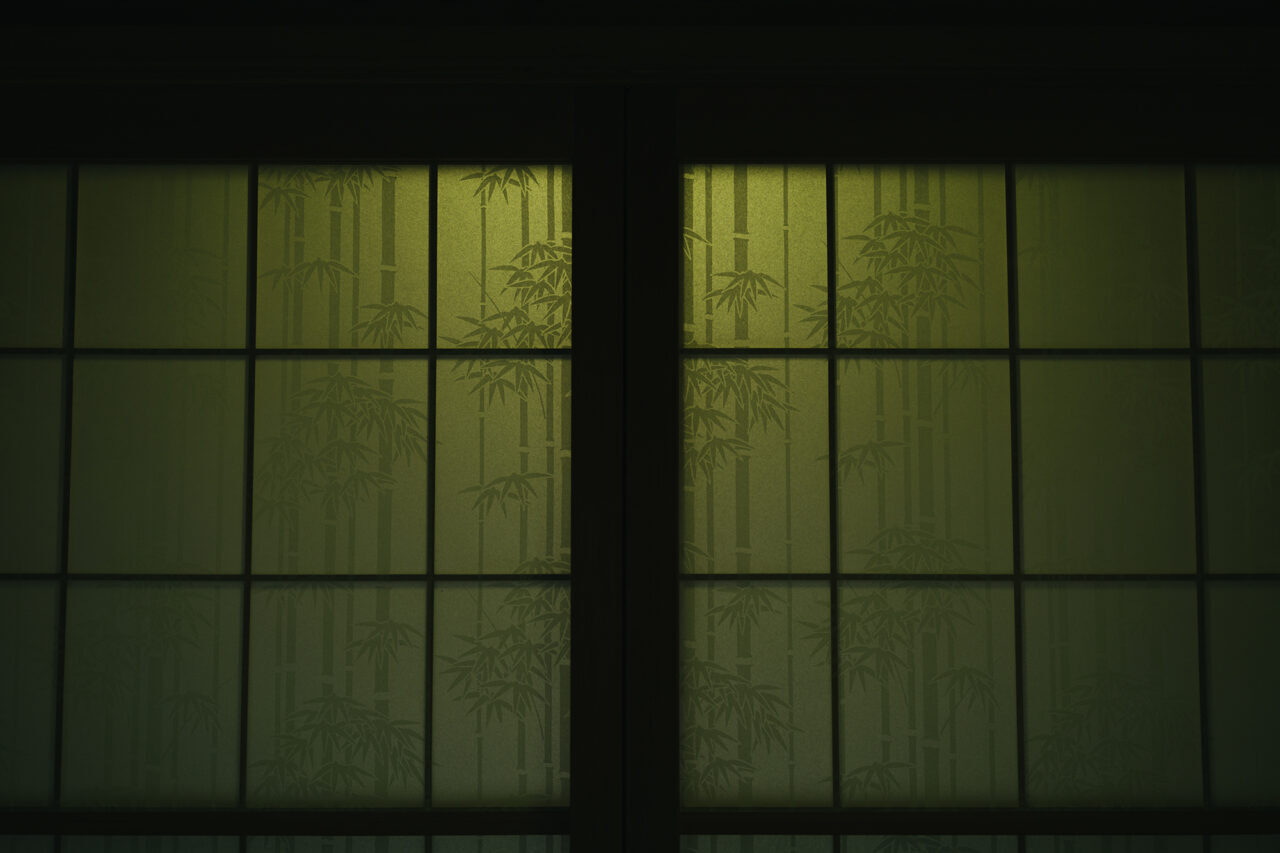
For centuries, Japanese aesthetics has rested upon a subtle dialectic between what is visible and what is hidden. Instead of exposing form in sharp light, it allows it to emerge from twilight—slowly, gently, with respect for space and time. In’ei (陰翳), meaning shadow, half-shadow, the interplay of light and darkness, does not imply absolute darkness, but rather a soft filter that lets light in only partially, dispersing and softening it. It is light trickling through paper shōji, fading beneath the eaves, gently falling upon the lacquered surface of a bowl.
In contrast to Western culture, where brightness symbolizes truth, knowledge, control, and progress—and darkness is often equated with ignorance or danger—Japanese aesthetic philosophy does not reject shadow. Quite the opposite: it embraces it as a necessary element of harmony. What is not entirely clear is more alluring to the Japanese sensibility than what is overt. Beauty does not reside in the object itself, but in its relationship with its surroundings, in tonal transitions, in the fleeting glow that briefly lights up a surface only to fade again into it.
In the Japanese house (the traditional one), shadow is not a necessary evil resulting from a lack of light—it is a designed effect, a goal in itself. It is “the silence of light.” A soft presence that allows the eyes, the mind, and the soul to rest. In shadow dwells the space of imagination, the unspoken, which engages the observer and invites them to co-create meaning. Shadow does not dominate—it coexists.
Tanizaki writes:
美は物体にあるのではなく、物体と物体との作り出す陰翳のあや、明暗にあると考える。
“We find beauty not in the thing itself but in the patterns of shadows, in the play of light and darkness created by the thing’s juxtaposition.”
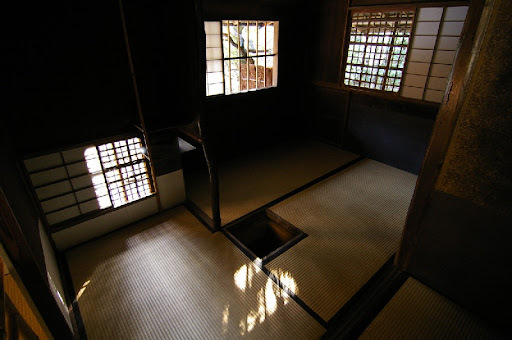
It is in shadow—not in sharp light—that the beauty of things may remain a mystery. And mystery, as the old masters of nō, chanoyu, or the later haiku knew, is not a lack of knowledge, but a source of deep experience of the world.
Tanizaki and His Time – Japanese Melancholy of Modernization
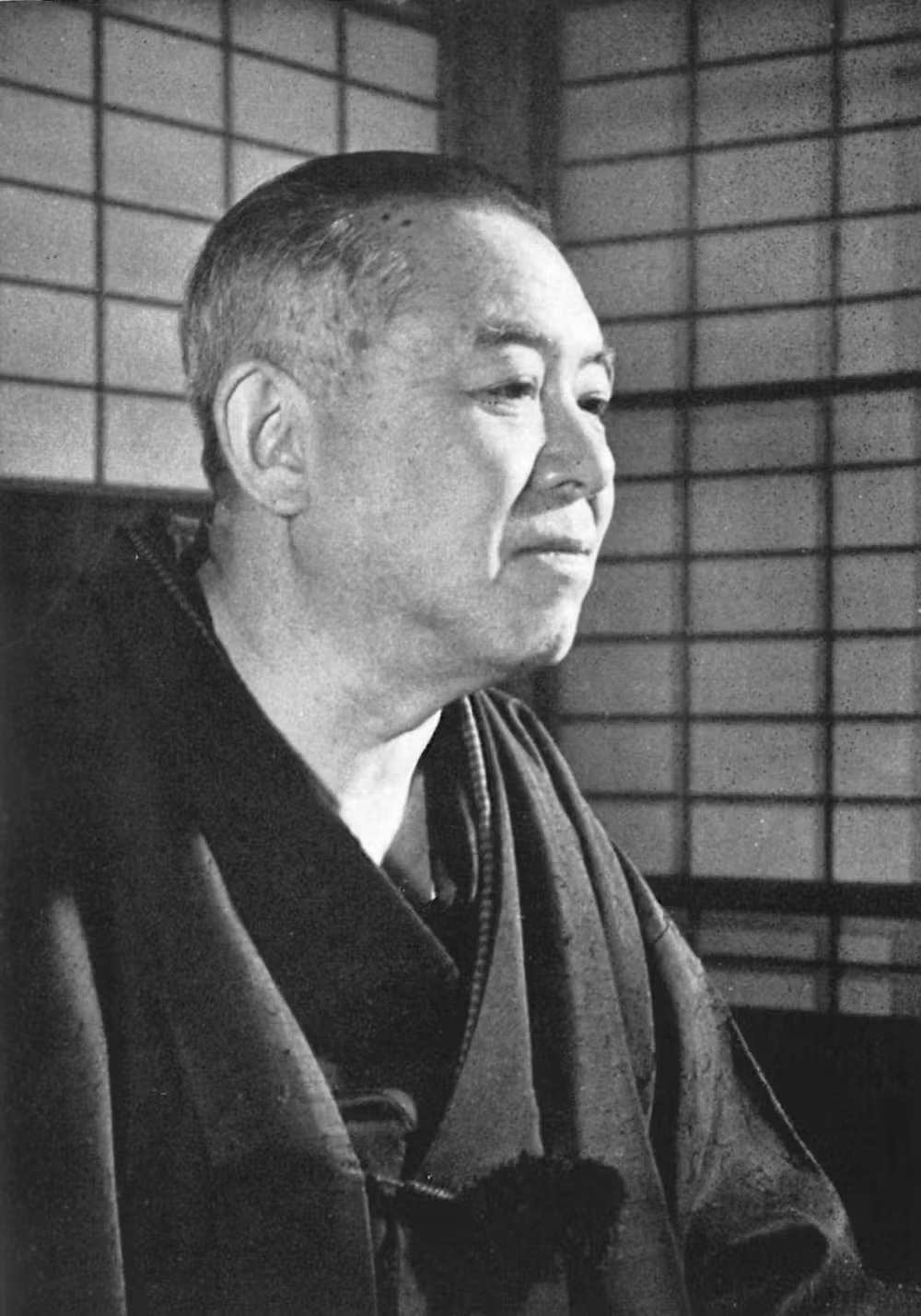
Jun’ichirō Tanizaki was a writer set apart. In his youth fascinated by modernism, technology, and Western lifestyle—he increasingly turned toward Japanese tradition in his mature years, discovering in it not only an aesthetic order but also spiritual balance. This ambivalence—admiration for Western energy and simultaneous melancholy over the loss of old Japan’s subtlety—resonates through nearly every page of In Praise of Shadows. The essay is not merely a reflection on aesthetics. It is an intimate monologue, full of tenderness and quiet pain, from a man who sees the world he loves slowly dissolving—just as shadows vanish in the harsh light of modernity.
In his short yet remarkably dense text (an essay spanning several dozen pages, often published as a small booklet), Tanizaki speaks of nō theatre, toilet paper, lacquered bowls, and rural toilets—yet all this comes together into a coherent manifesto. According to him, beauty in Japanese aesthetics lies not in the objects themselves, but in the space between them, in the relationship between light and darkness, in the silence that allows things to resonate rather than drown them out. That is why In Praise of Shadows is not only an aesthetic work—it is also a story about the spiritual tension between two eras: a world full of suggestion and a world of brightness, efficiency, and control.
In the background, a note of resignation can be heard—Tanizaki does not call for rebellion, but for preservation. He wishes that at least one house—the house of art, the house of the spirit—might remain in shadow. Without the hum of fluorescent lights, without industrial aesthetics, without the need to explain everything.
A House of Shadows – Architecture and Interior
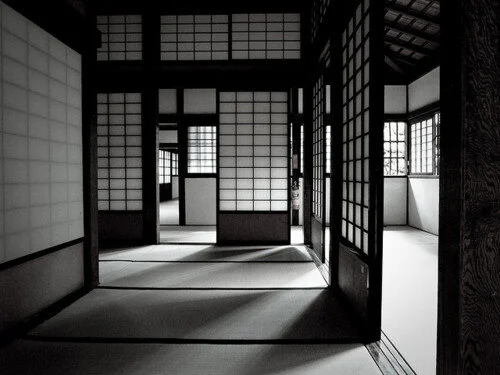
To the Western eye, such an interior may appear dark, gloomy, even unwelcoming. But to the Japanese sensibility, it is precisely shadow that is the place of contemplation—a space where the senses regain their sensitivity, and thought slows down, sinking into the world of the non-obvious. Tanizaki wrote: “We Orientals make darkness into a kind of cosmetic, just as Westerners brighten their faces with powder and rouge”—comparing the twilight to makeup that does not reveal but conceals, and thus grants form depth and new beauty.
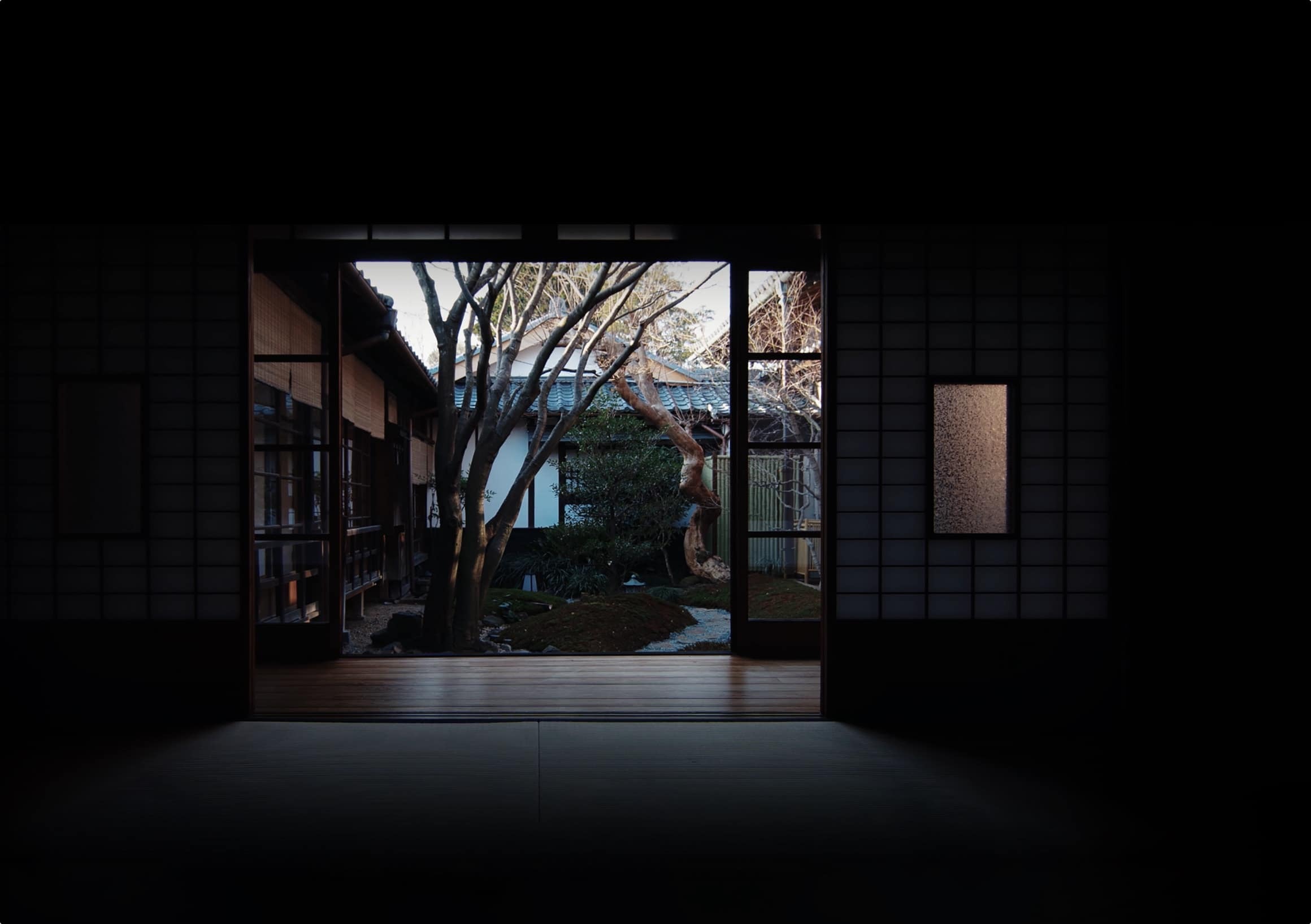
Particularly bitter is his reflection on electrical installations: fans, wires, switches. These are foreign elements—functional, but impossible to hide. They disrupt harmony. They create dissonance. They are symbols of modernity’s invasion into spiritual space. In the Western house, everything is meant to be visible, accessible, exposed. In the Japanese house—on the contrary—that which is hidden is more precious than that which is on the surface.
Silent Objects – Lacquer, Gold, A Bowl of Soup
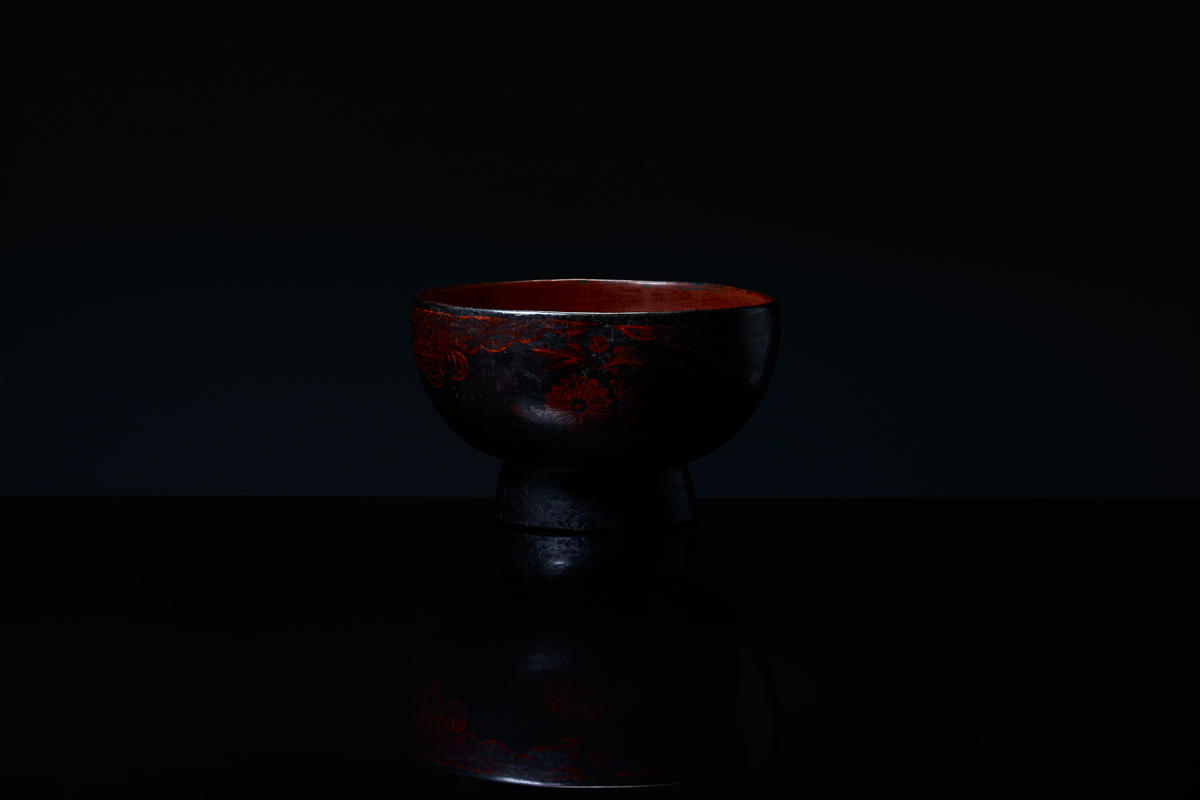
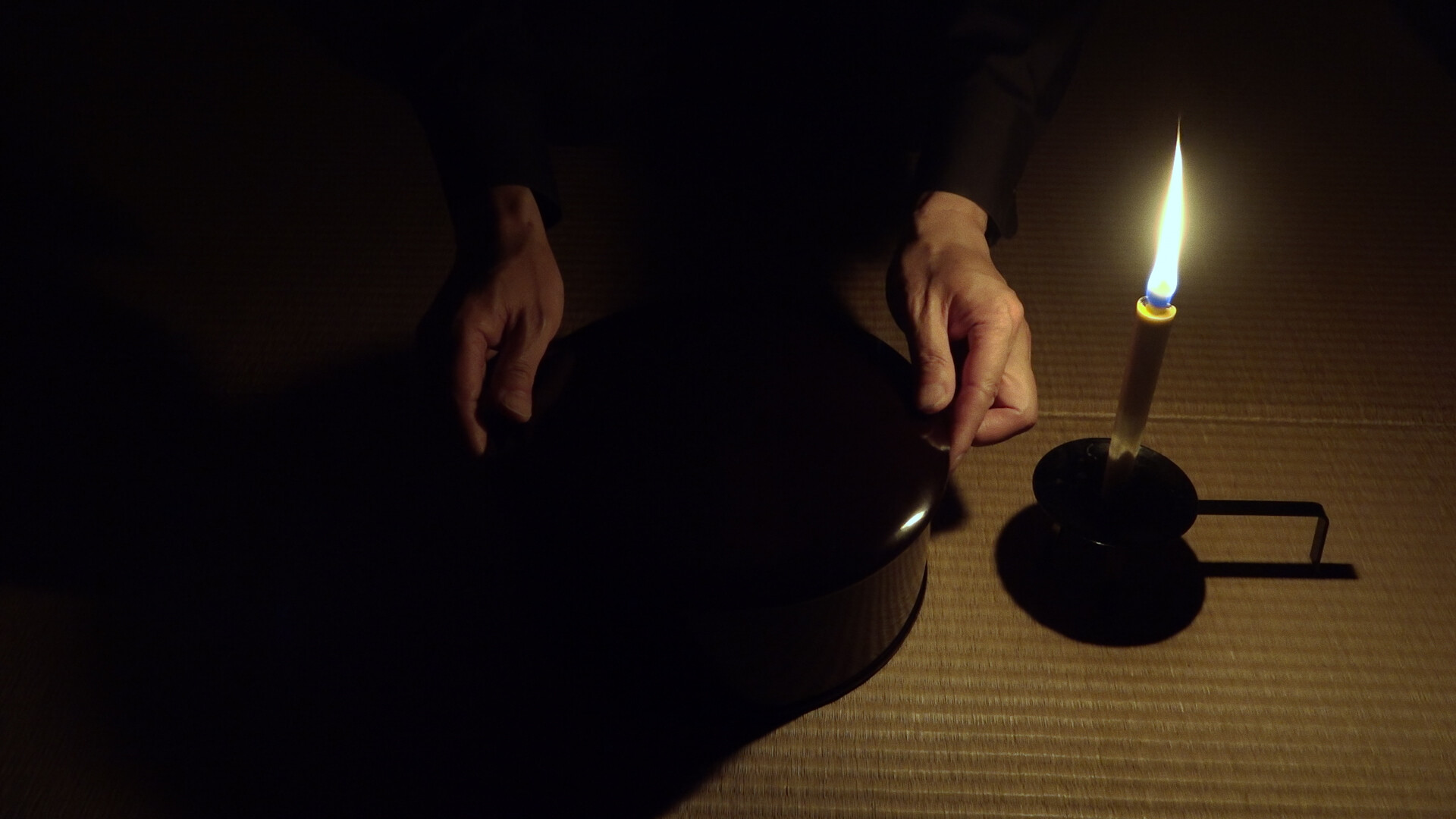
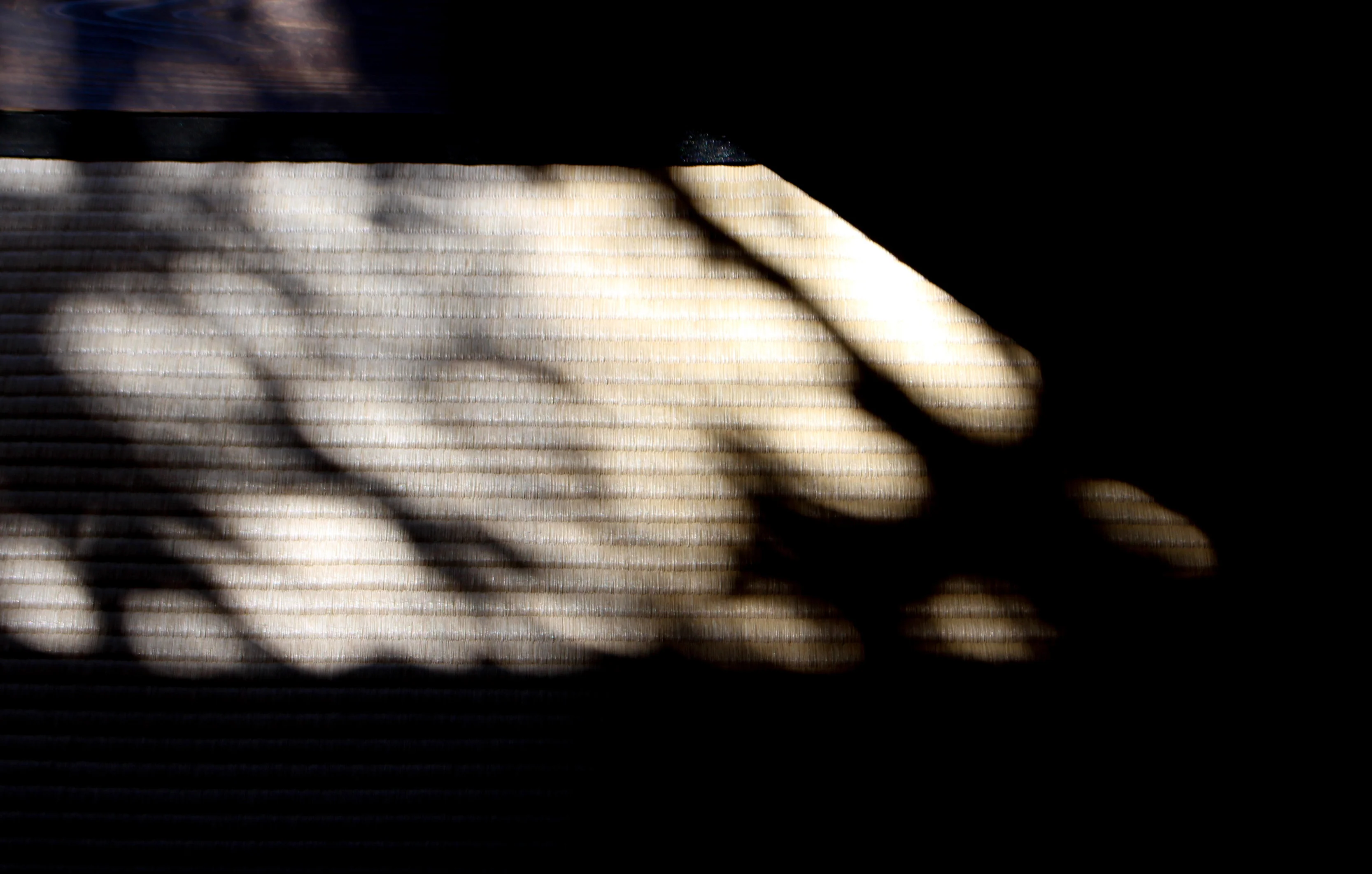
In the shadow, objects remain silent. And that silence is full of meaning. The object does not demand attention—it receives it, when the gaze has matured. In In’ei raisan, Tanizaki does not simply describe the interiors of houses and utensils. He creates a metaphysics of twilight. He offers not just an alternative aesthetic, but an alternative way of being in the world—more attentive, slower, more tender.
The Toilet as a Sanctuary – The Aesthetics of the Everyday

He writes: “There are certain conditions for the ideal toilet: a bit of twilight, absolute cleanliness, and such deep silence that you can hear the chirping of a bird or the rustle of leaves.” A place where—as he recalls—one can meditate “with the belt unfastened,” contemplating nature, the sounds, the light filtering through the branches. A sacralization of what in Western culture is considered unaesthetic, embarrassing, even shameful. Very Japanese.
Tanizaki refers to Natsume Sōseki, who confessed in a letter to a friend that he found his greatest pleasure in his morning toilet, sitting surrounded by trees, gazing at the leaves, and listening to the sounds of nature. This story is not a joke or provocation—it is a manifesto of an aesthetic that embraces the entirety of life, including its physiological, corporeal dimension. It is in such places that one can recognize authentic cultural differences—when one speaks quite seriously, and the other cannot believe what they hear and assumes it must be a joke.
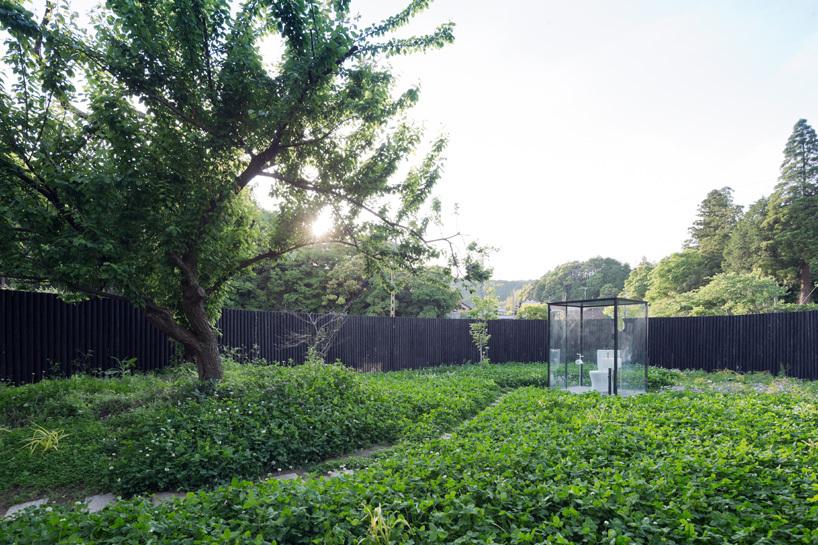
Traditional beauty of the everyday—Tanizaki teaches us—is only possible when it is not disrupted by fluorescent light, gleaming metal, or the hum of an electric dryer. “The Westerner uses light to work, the Oriental—to soften rest.”
Shadow in Theatre, Shadow in the Kitchen, Shadow in the Soul
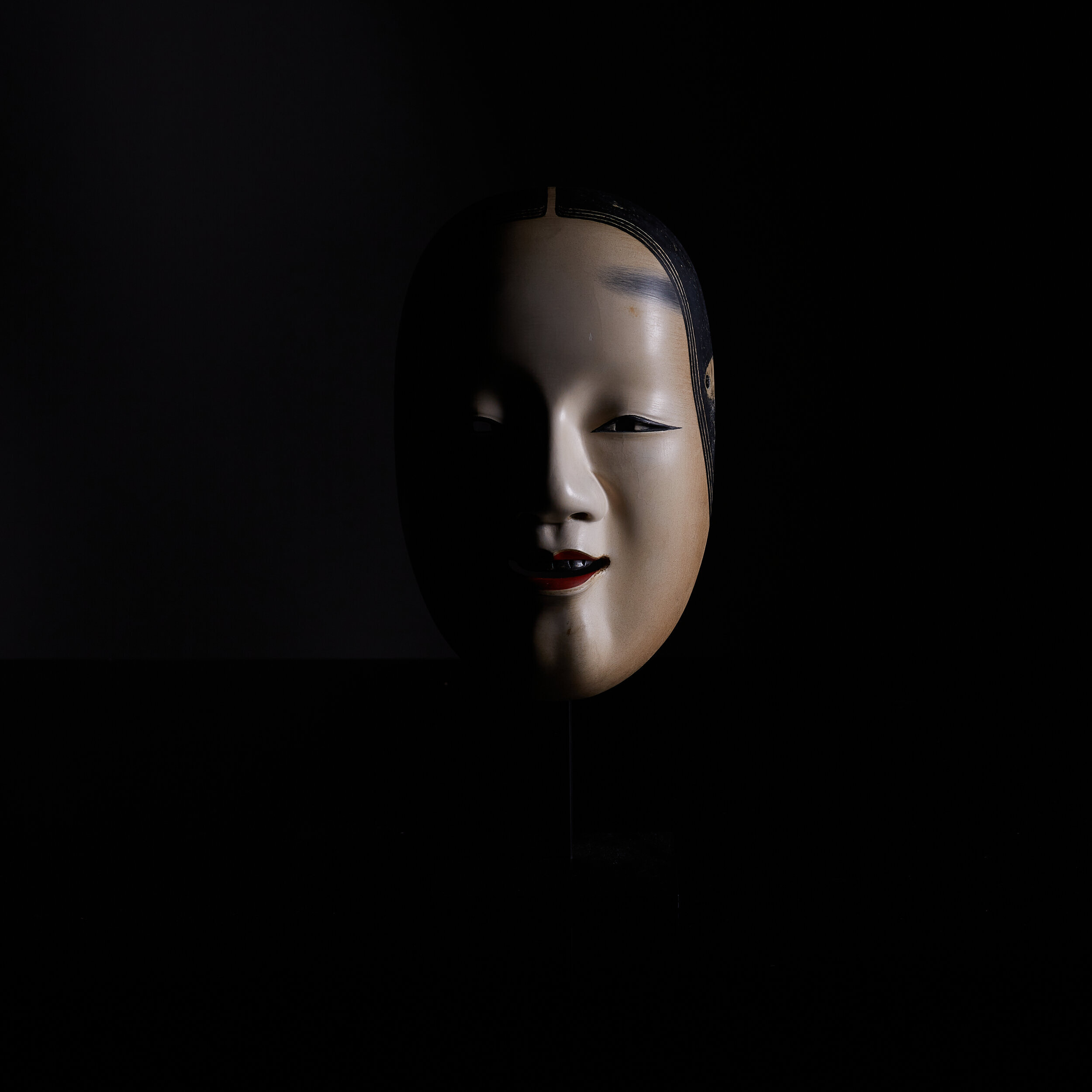
The same holds true in the kitchen. Tanizaki recalls how the harmony of dishes is destroyed by electric lighting: “Japanese food… loses half its beauty in the glare of electric lamps.” The colors of miso soup, the depth of rice, the soft gloss of vegetables in broth—all of this exists only in dark lacquered bowls, in the shadow that does not reveal everything. Taste is only one of the senses. What matters is the touch of the bowl, the scent of the steam, the glimmer of light on the soup’s surface. It is a subtle, quiet, opaque art.
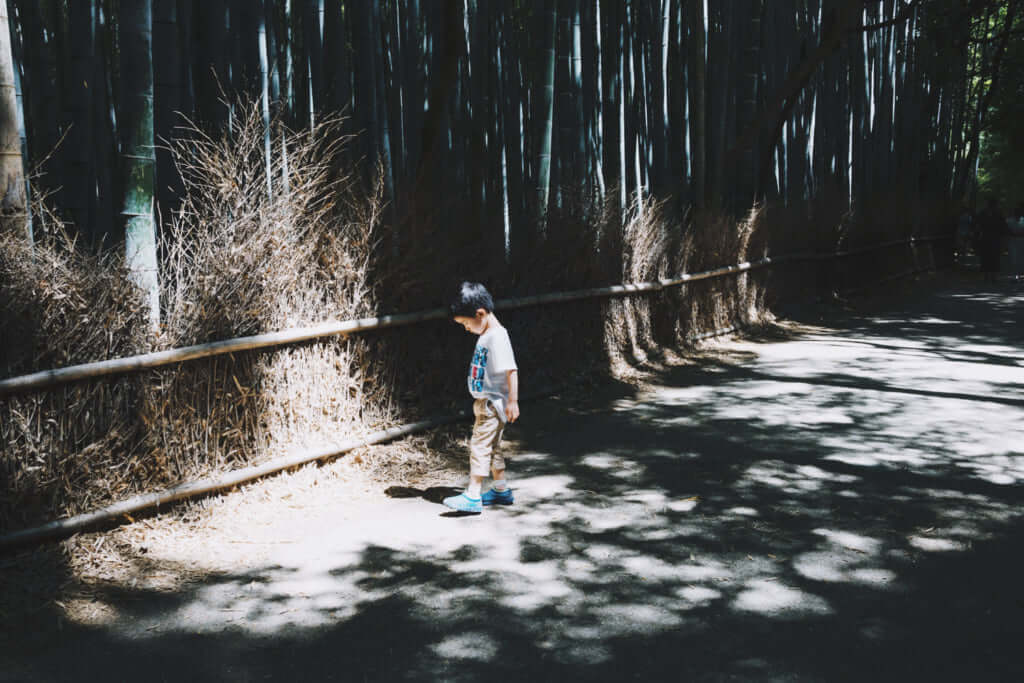
This sentence could serve as a motto for all of Japanese aesthetics—and a warning to Western culture, which, in its rush toward light, loses the depth of darkness. Japan—as Tanizaki teaches us—is not afraid of darkness. It knows how to dwell within it. And teaches how to live beautifully in its presence.
The West and Japan – Differences at the Root

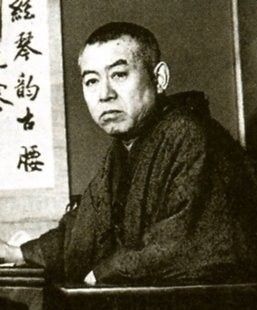
From here, it is only a step to wabi-sabi—the aesthetic of imperfection, transience, and the melancholic beauty of things worn, cracked, marked by time. Tanizaki does not use this term directly, but his admiration for a shadowed bowl of soup, its lacquer quietly flickering by candlelight, is deeply wabi-sabi in spirit (more on this style can be found here: How to Stop Fighting Yourself at Every Turn? Wabi Sabi Is Not Interior Design but a Way of Life). It is not perfection that draws his attention, but that which escapes definition—irregularity, residue, shadow, the trace of a touch. Twilight becomes a space for coexistence with things, not their domination.
There is, in this way of thinking, an acceptance of ambiguity—while the West attempts to define boundaries and objective truth through light, the East acknowledges that truth often lives in what cannot be seen. Shadow becomes a place of gentle contemplation, not danger. In nō theatre, movements are slow, the light is faint, the gesture is delayed. In the kitchen—the plate does not gleam metallically, but invites sensing with all the senses. In the temple—gold does not sparkle as on a Baroque altar, but “sinks into shadow, as if avoiding our gaze.”
A Lesson in Darkness
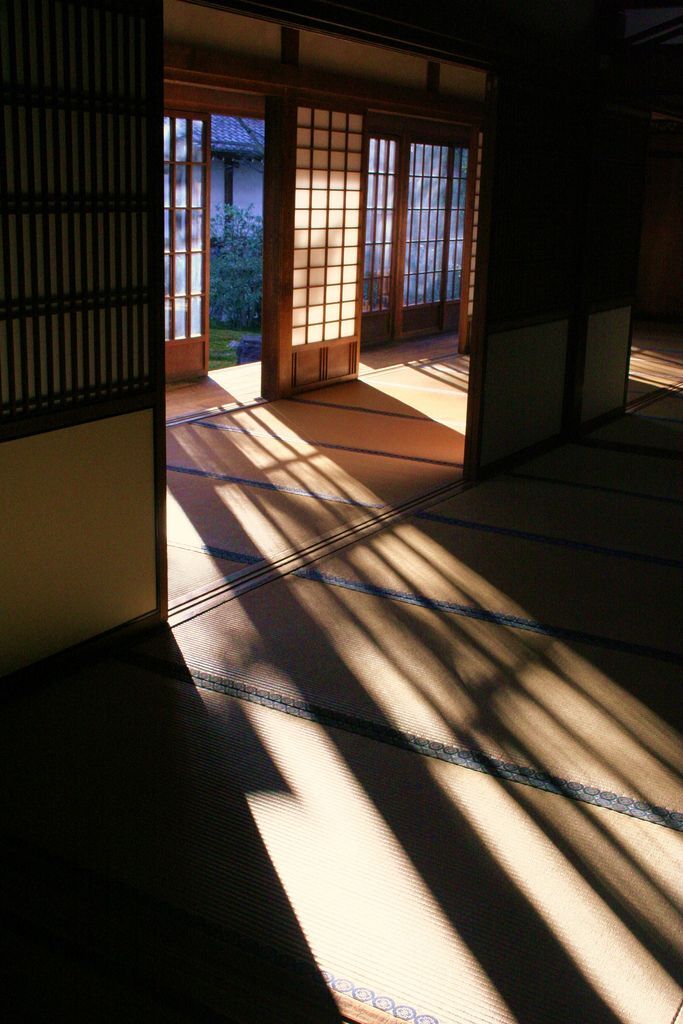
Tanizaki was neither a conservative nor an enemy of modernity. He was a poet of atmosphere, who understood that a person needs not only brightness, but also half-light. That too strong a light burns away the details, and too loud a noise drowns out the nuances. His essay is not about returning to the past, but about recovering something deeply human—the ability to see what is quiet, old, non-obvious.
So perhaps, at times, it is worth dimming the light. Sitting beside a matte teacup. Touching an object that remembers more than we do. Leaving room for shadow—not only in the room, but also in thought. Because in a world full of lights, screens, and spotlights, it may be the shadow that restores the meaning of sight.
>> SEE ALSO SIMILAR ARTICLES:
The Most Important Lesson from Musashi: "In all things have no preferences" (Dokkōdō)
"Strong Japanese Women"
see book by the author
of the page
未開 ソビエライ
An enthusiast of Asian culture with a deep appreciation for the diverse philosophies of the world. By education, a psychologist and philologist specializing in Korean studies. At heart, a programmer (primarily for Android) and a passionate technology enthusiast, as well as a practitioner of Zen and mono no aware. In moments of tranquility, adheres to a disciplined lifestyle, firmly believing that perseverance, continuous personal growth, and dedication to one's passions are the wisest paths in life. Author of the book "Strong Women of Japan" (>>see more)
Personal motto:
"The most powerful force in the universe is compound interest." - Albert Einstein (probably)
Mike Soray
(aka Michał Sobieraj)
未開 ソビエライ
An enthusiast of Asian culture with a deep appreciation for the diverse philosophies of the world. By education, a psychologist and philologist specializing in Korean studies. At heart, a programmer (primarily for Android) and a passionate technology enthusiast, as well as a practitioner of Zen and mono no aware. In moments of tranquility, adheres to a disciplined lifestyle, firmly believing that perseverance, continuous personal growth, and dedication to one's passions are the wisest paths in life. Author of the book "Strong Women of Japan" (>>see more)
Personal motto:
"The most powerful force in the universe is compound interest." - Albert Einstein (probably)
Mike Soray
(aka Michał Sobieraj)
Write us...
Ciechanów, Polska
dr.imyon@gmail.com
___________________
inari.smart
Would you like to share your thoughts or feedback about our website or app? Leave us a message, and we’ll get back to you quickly. We value your perspective!

